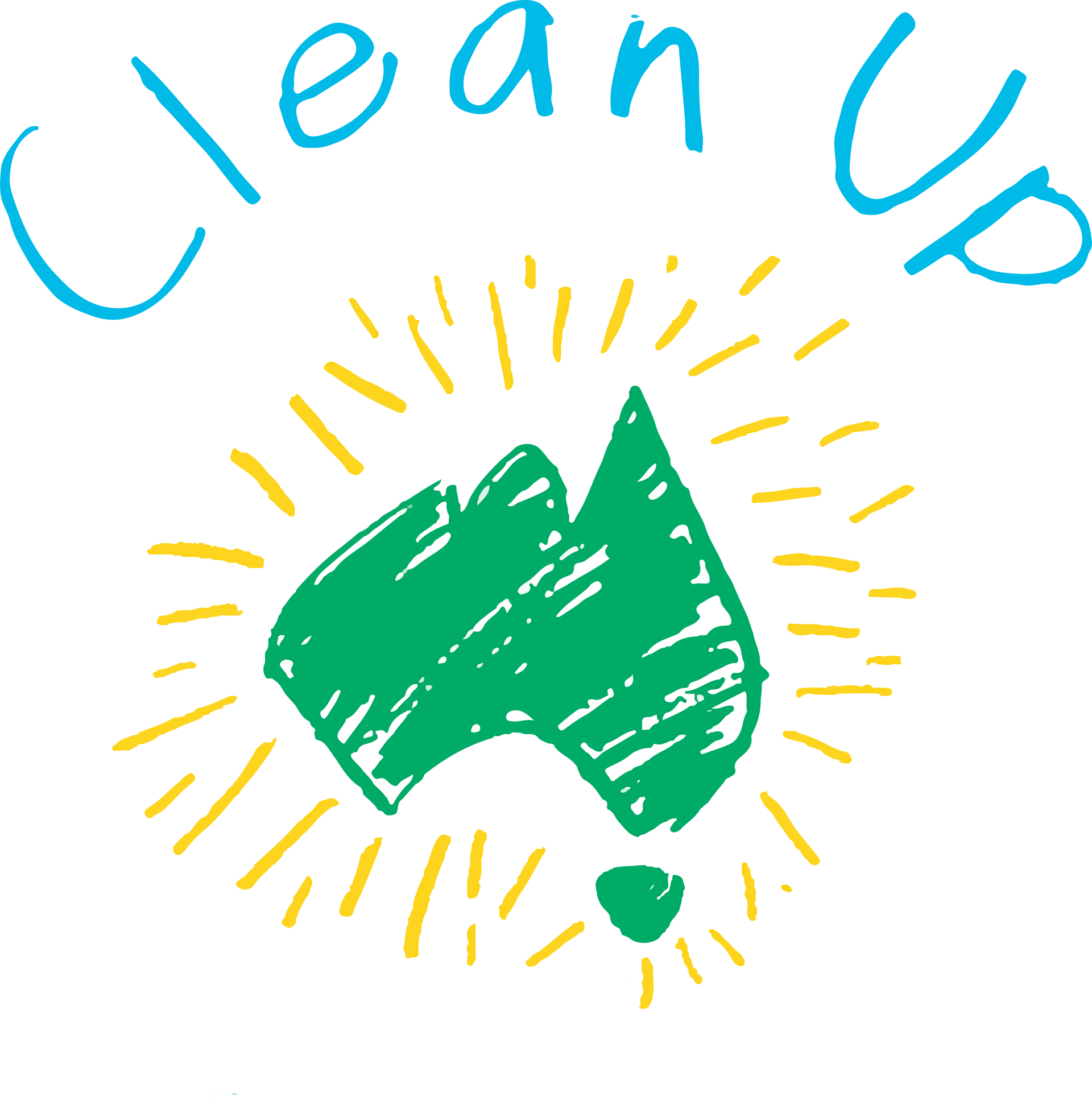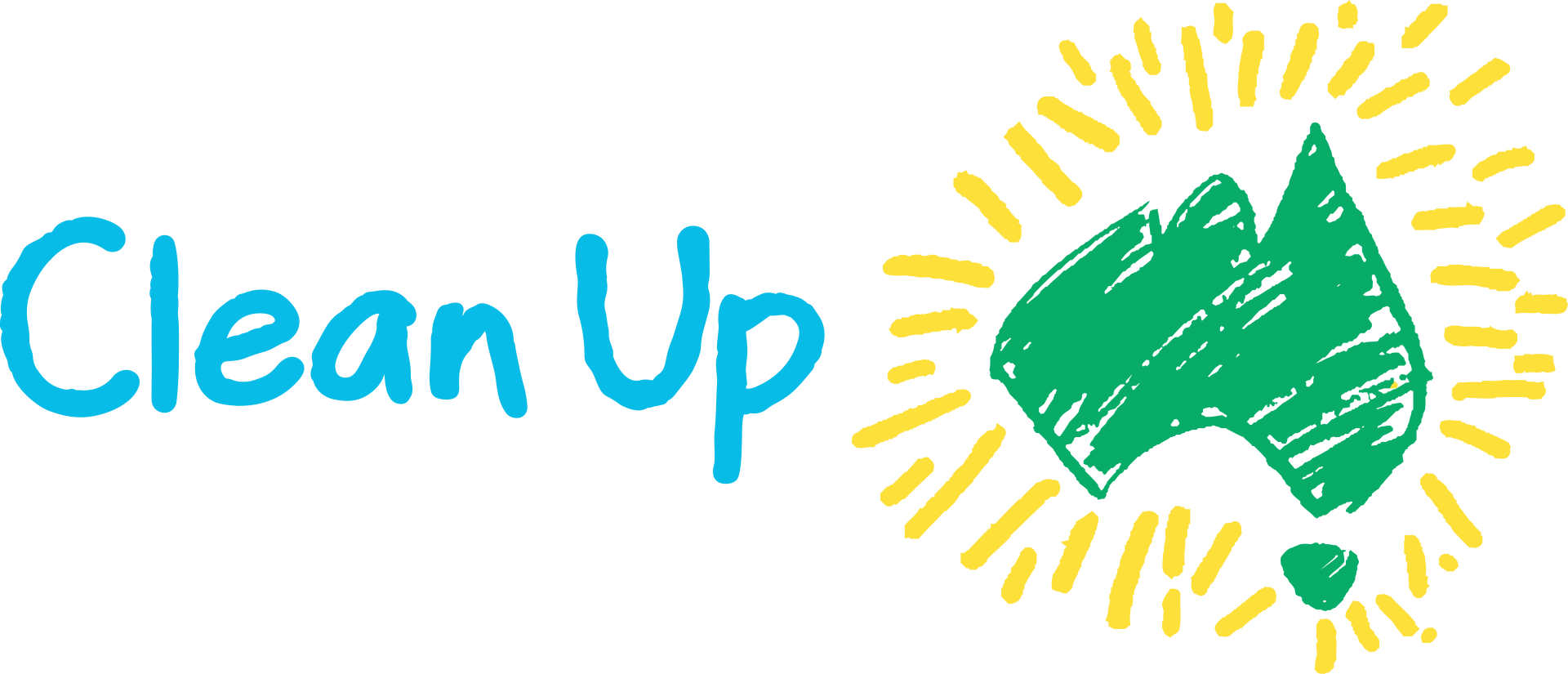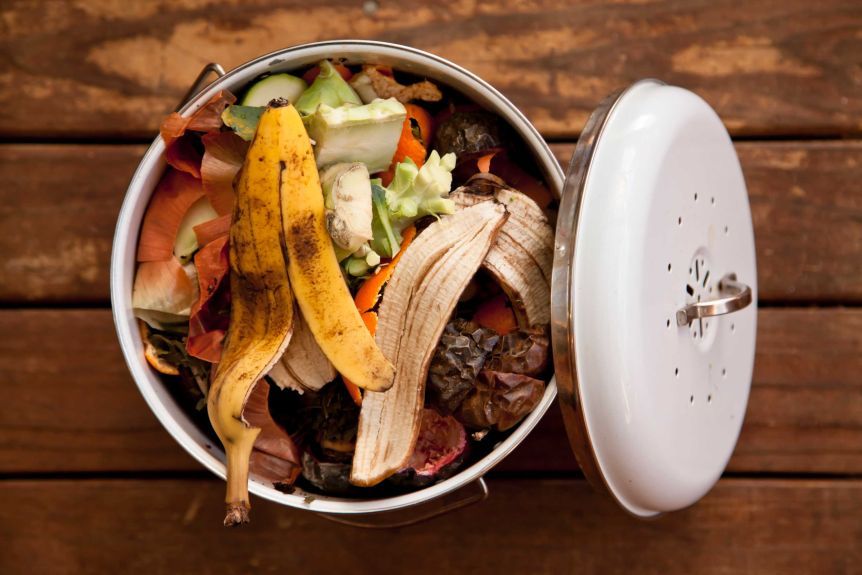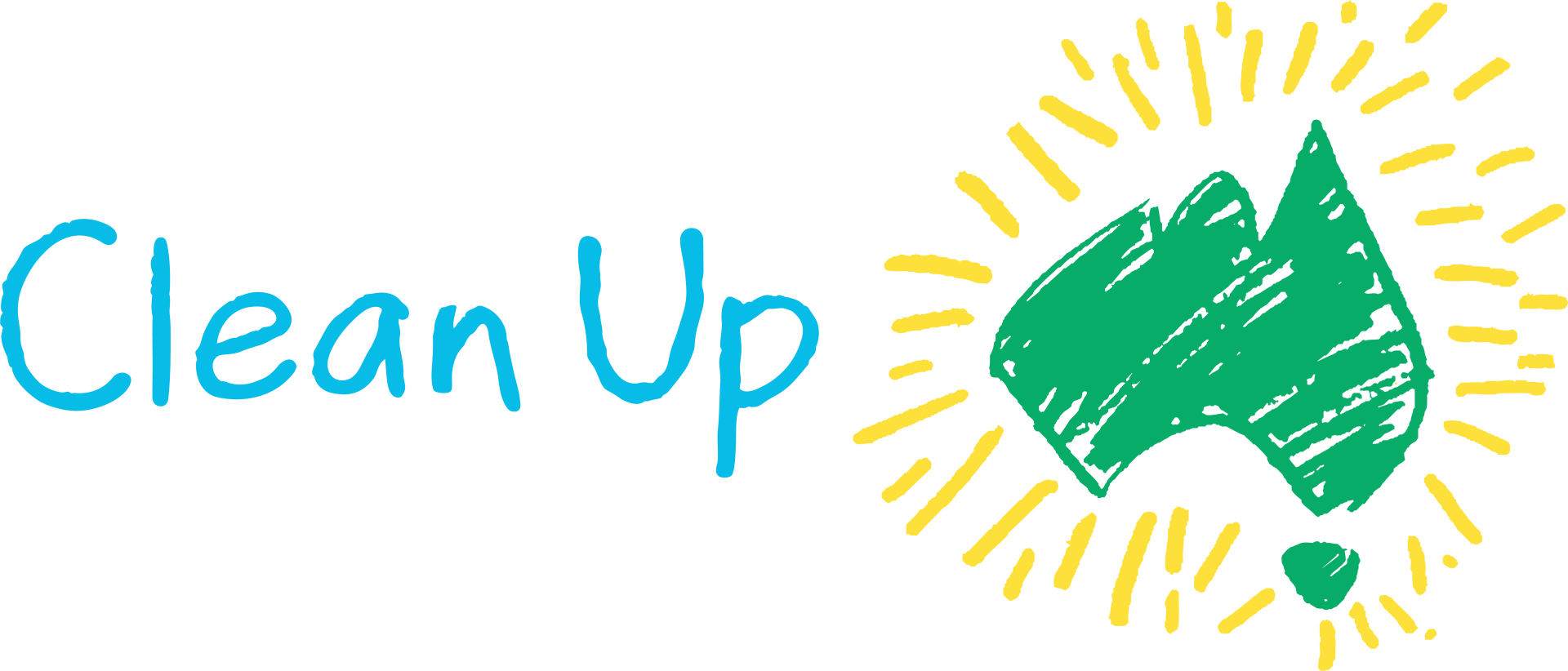Product Stewardship: reducing waste and creating positive environmental and social outcomes
By Janet Aitchison
We’re all aware that the earth’s resources are finite but how can we make better use of them? Product stewardship is a step in the right direction.
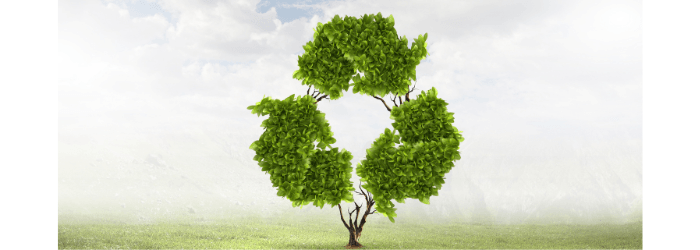
Do you know what product stewardship is? Don’t worry if you don’t, you’re not alone. A recent survey by Clean Up Australia indicated that only 5% of the people surveyed felt they understood the term very well, while 60% said they had never heard of it, or knew almost nothing about it.
But luckily, you don't need to know how to explain it, to participate in it!
So let’s start with a simple explanation of the term: in our current economy, we take materials from the earth, make products from them and eventually throw them away as waste. This is using up the earth’s resources, and sometimes generating pollution and toxic waste in the process. Sadly, it is often more profitable to design products with a limited lifespan that end up in landfill than it is to reuse, repair or recycle them. We know that this is not a sustainable way to operate – we are squandering the earth’s precious resources , polluting our environment and filling landfills with perfectly good used products and materials that, with a bit of planning and forethought, could either be repaired and reused multiple times or recycled to make new products.
This is where product stewardship comes in. According to John Gertsakis and Rose Read, co-directors of the Product Stewardship Centre for Excellence, product stewardship is the concept that everyone involved in the design, manufacturing and selling of products is responsible for ensuring those products and their packaging do not harm the environment or have negative impacts on human health or safety. This means that, in order to conserve natural resources and reduce waste, companies, brands and retailers should be taking greater responsibility for their products and services across their whole life cycle, not just production and consumption. This can lead to better product design, more efficient use of materials and effective end-of-life recovery systems. And it’s not only the companies, brands and retailers who are being asked to steward their products from cradle to grave. We, the consumers, have a role to play in ensuring that we reuse, repair and recycle the products that we buy and use.
Product Stewardship initiatives are already being piloted by companies around the world, and well-known international brands such as Dulux, Philips, Apple, Patagonia and Nike are all exploring ways that they can maintain profitability and ensure continued customer satisfaction whilst taking responsibility for reducing or even preventing any impacts their products might have on the environment or human health.
One company that is a beacon of sustainable practices across the product life-cycle is the Netherlands’ Fairphone. Elements of the smartphone industry are known for their environmentally-damaging practices and poor treatment of workers. Fairphone operates on the principle that the longer you keep and maintain a phone, the smaller its environmental footprint. To extend the lives of their phones, they design them for longevity, easy repair and modular upgrades, meaning that you do not need to throw out your old phone and buy a new one just because the software needs upgrading. Likewise, Fairphone provides easy-to-follow repair tutorials so anyone can repair their existing phone themselves. The materials used to make the phones are responsibly sourced, including the use of Fairtrade gold. Fairphone believes that their workers should have a decent life, sufficient income, and a safe workplace.
Here in Australia, a number of companies are piloting more sustainable ways of operating that reflect some of the key product stewardship principles. For example, Rip Curl, a company that designs, manufactures and sells surfing apparel, has introduced a wetsuit take-back recycling program. Wetsuits are notoriously difficult to recycle because they are made from neoprene, a light and flexible material with good insulation properties, making it ideal for wetsuits. However, the life expectancy of a neoprene wetsuit is relatively short because the foam deteriorates over time, thanks to UV rays, salt water and general wear-and-tear. Surfers need to replace their wetsuits quite frequently, leaving them with the problem of how to dispose of their old ones. But now surfers can drop off their unwanted wetsuit of any brand at Rip Curl shops across Australia, and the company will take care of its end-of-life.
It is not easy to convert old wetsuits back into raw neoprene to make new wetsuits, so Rip Curl partnered with Terracycle, an international recycling business, to explore their options. The innovative solution was to shred the wetsuits and convert them into soft fall matting used in playgrounds and gyms. In this way, Rip Curl is taking responsibility for the whole lifecycle of their wetsuits by ensuring the neoprene is kept in use after its life as a wetsuit is over, and new products are created. Rip Curl wants to go further than this – they want to design out waste from the very beginning so they are exploring alternatives to neoprene, such as plant-based rubber materials, that last longer and can be more easily recycled.
IKEA is another example of how product stewardship is being applied by a global company. IKEA, the world’s largest furniture retailer and pioneer of the flat-pack. IKEA found a way to reduce its environmental impact through an ambitious product stewardship program called Buy Back. Furniture waste is a growing problem in Australia as well as around the world, with very little of it being reused or recycled, and most of it being sent to landfill or discarded in the environment. The idea for IKEA’s Buy Back scheme was sparked by a sales manager who hated seeing unwanted furniture dumped on the side of the road. Her solution was a simple one – customers can return unwanted IKEA furniture to their local store and receive a credit towards future purchases. The returned furniture is then refurbished and sold as second-hand products. This helps to keep furniture out of landfill, or off the side of the road, and meets the customer demand for good quality second-hand furniture. IKEA’s Buy Back scheme is just one of the company’s many initiatives that will enable it to meet its goal of becoming a circular, climate positive business by 2030.
Everyone can play a part in preserving the planet’s precious and finite resources. As individuals we can consume fewer products, choose what we buy carefully and make it last. To encourage more companies to design out waste and become responsible product stewards like Rip Curl and IKEA, do some research before you buy and favour manufacturers and retailers who take responsibility for their products across their whole lifecycle. Avoid buying products from companies that are shirking these responsibilities. Instead, point them in the direction of the Product Stewardship Centre of Excellence where they can learn how to join the ever-growing ranks of responsible companies that are using better product design, more efficient use of materials and effective end-of-life recovery systems to minimize the impacts of their products on the planet.
Search for other blog topics:
